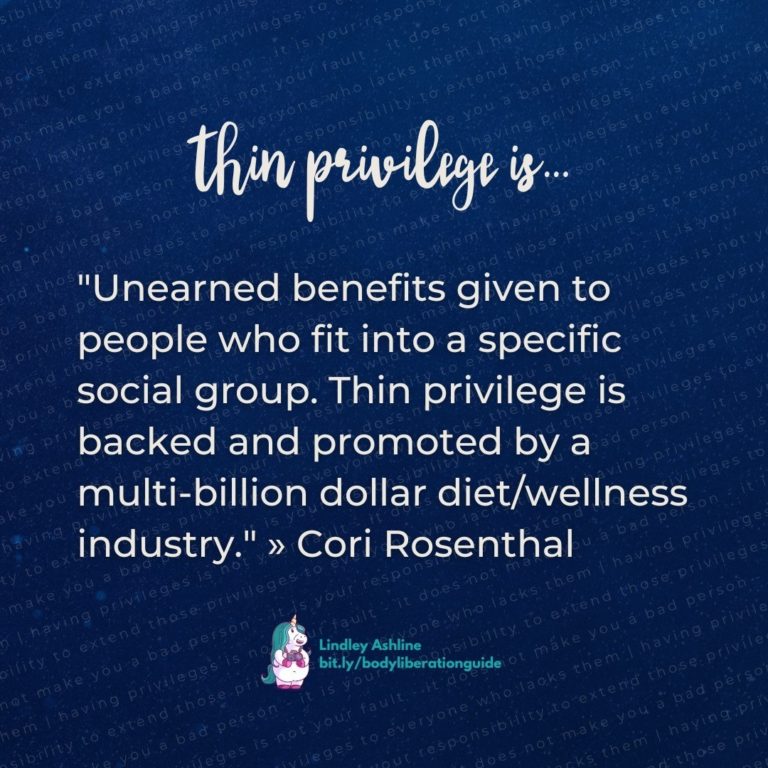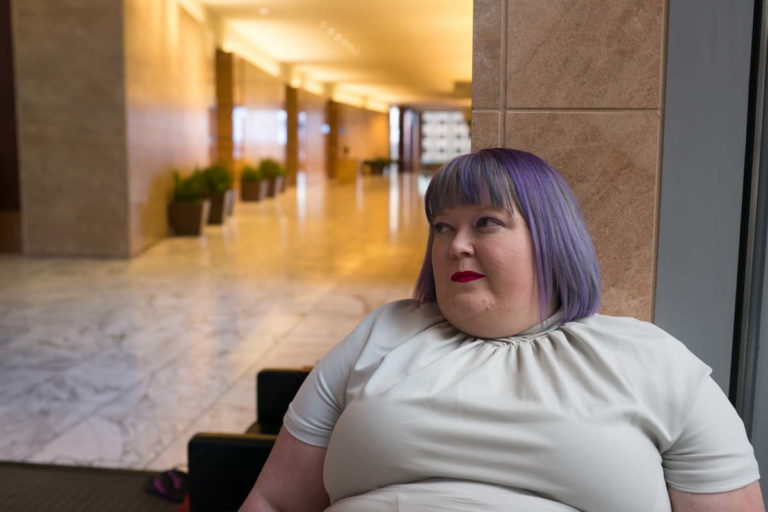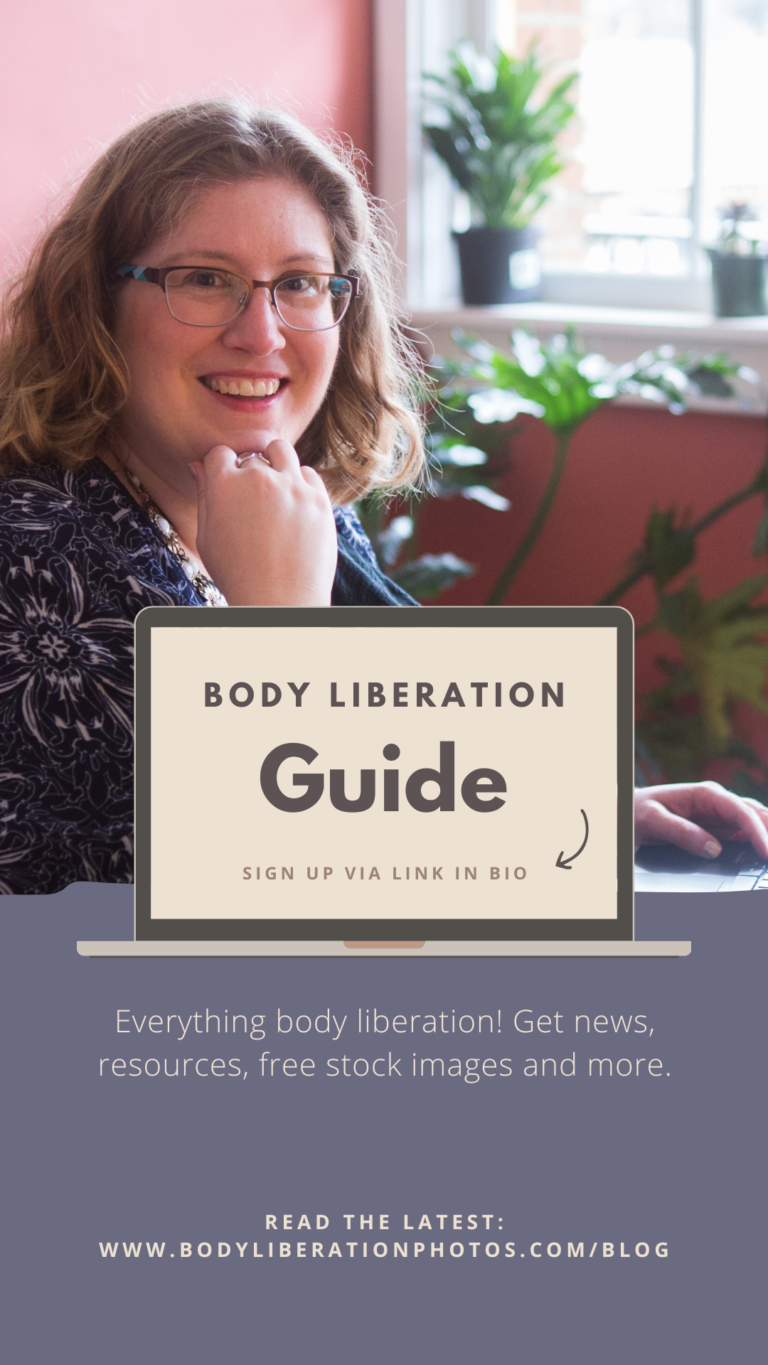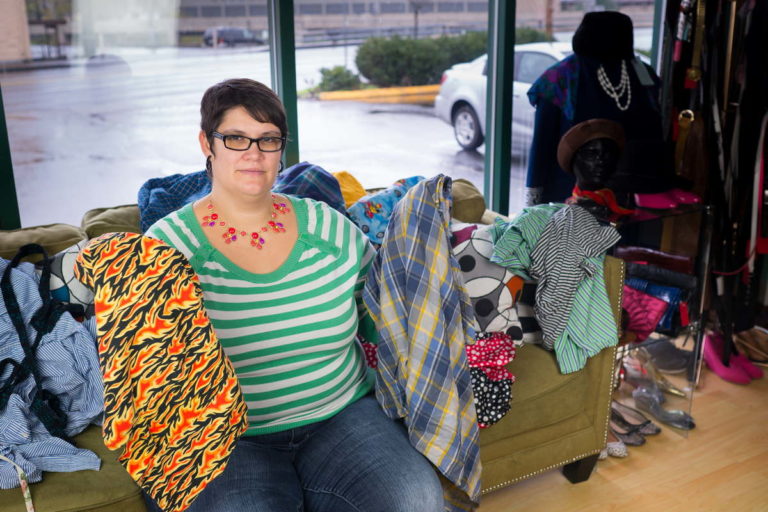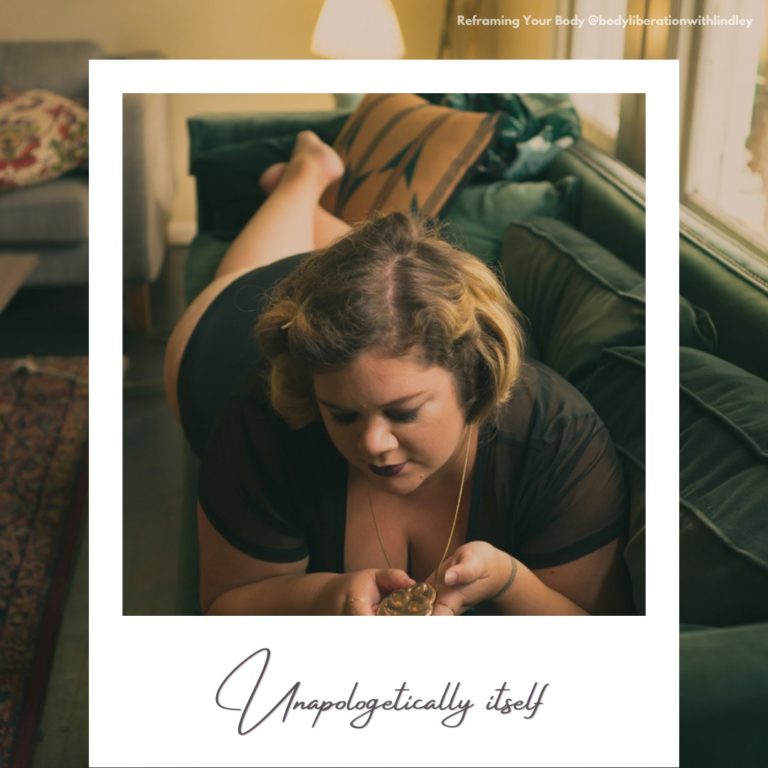How to be a Fat Ally: Clothing Store Edition
One of the more frustrating things about living in a fat body isn’t just finding something to wear — it’s warding off helpful advice that does more to help the suggestion-giver feel good than to help the suggestion-receiver.
Clothing is both the classic and constant example. A couple of years ago, I mentioned — in a fit of frustration on my personal Facebook page — that I couldn’t find a replacement for my favorite hoodie, which Lands End had stopped making. I was very specific about the traits that made this specific type of hoodie the only hoodie I’d be looking for.
Friend, I had three dozen suggestions flood in, via comments and messages, and not a single one of them was appropriate. I was told to look at many different stores that don’t even carry clothing in my size. I was told about stores that carried hoodies in many configurations, each of which bore little resemblance to the hoodie I was seeking.
Because most of the suggestions were from people I know and like, and I knew they were well-intentioned, I spent an hour or two checking these comments and carefully responding to each person, explaining that while I appreciated their intent, the suggestion wasn’t actually helpful, and why.
That was an hour or two out of my life, and I still didn’t have a hoodie.
(And three months later, I was still receiving PMs with inappropriate suggestions.)
This is a tricky topic to write about, because we’re often so caught up in how good it feels to give advice that we don’t stop to think about the impact. When we flood a fat person with inappropriate clothing advice, it can not only force them to spend a ton of time and emotional labor checking out each suggestion and responding, but it can make them feel yet again the impact of not being able to shop at allllllll those stores. Feeling excluded over and over again isn’t fun for anyone.
Here are six ways you can be an actual ally to fat people (and six actions to avoid) when you’re trying to be helpful by suggesting clothing stores:
1. DON’T: Assume a particular store carries clothing in that person’s size.
Seriously, the next person to brightly suggest I look into Nordstrom Rack is going to get a verbal smack upside the head. Or Forever 21. Or Modcloth. None of these stores carry a good selection of (or in some cases, any) clothing that I can wear.
DO: Check store size charts. It’s not hard, and if you know the person you’re talking to is, say, a size 26-28, you taking two minutes to check a size chart will prevent that person from having to explain for the twentieth time that, no, Pinup Girl Clothing or wherever doesn’t actually make clothing that fits them.
(If you don’t already know, it’s okay to ask the person what clothing size they wear if they’re asking for resources. Measurements are more helpful than a number size, if available, because number sizes vary widely between stores.)
2. DON’T: Assume that person has never heard of your favorite indie clothing store. And PLEASE don’t assume we’ve never tried your brick and mortar store of choice.
Trust me, we’ve probably heard of your small indie fave. The market for plus-size clothing, especially above size US 26, is so incredibly small that there’s a very good chance we already know about your secret weapon. (And a very good chance your secret weapon won’t take our money by offering clothing we can wear.)
DO: Go ahead and suggest the store you had in mind, but only after checking the size chart, and be aware that the store may not be new to them.
3. DON’T: Assume that the largest clothing size you can imagine will fit the person you’re talking to. “But my favorite store is great because they carry clothing for ALL bodies!”, you cry. “They go up to 5X!”
And you’ve not only just excluded me yet again, because I’m out of their sizing range, but you’ve made it clear that you can’t even imagine a size bigger than what’s usually a very small 5X. (In my experience, 5X tends to run between a 16 and 32.)
DO: Be aware that bodies are strange and wonderful things that vary wildly in size, shape and proportion. And be aware that it’s very difficult to tell someone’s clothing size just by looking at them.
5. DON’T: Suggest that very fat people sew their own clothing when they talk about their exclusion from the clothing market. Even plus-size patterns only go up to about a 26.
If you think I’m going to learn sewing, fitting, pattern drafting, etc. etc. etc. just so I can wear a damn t-shirt, you are quite wrong, and also need to stop being thoughtlessly obnoxious.
DO: When you happen across stores, pieces of clothing or patterns that do fit very fat people, share them on your own feed or hold them in mind for the next time they’re asked for. If you enjoy sewing or pattern drafting, consider creating patterns or garments that fit underserved people. If not, sympathize as appropriate.
6. DON’T: Suggest that thrifting is the holy grail of shopping. Fat people don’t need to spend massive amounts of time in thrift stores to find the one thing in there that’ll fit their bodies, and they don’t need to be guilted about not wasting their lives doing it.
DO: Advocate for your favorite clothing stores to sell larger sizes, both for the immediate good and so that that larger clothing will trickle down to thrift stores where the pieces are more affordable.

Let’s dig deep.
Every Monday, I send out my Body Liberation Guide, a thoughtful email jam-packed with resources for changing the way you see your own body and the bodies you see around you. And it’s free. Let’s change the world together.
Hi there! I'm Lindley. I create artwork that celebrates the unique beauty of bodies that fall outside conventional "beauty" standards at Body Liberation Photography. I'm also the creator of Body Liberation Stock and the Body Love Shop, a curated central resource for body-friendly artwork and products. Find all my work here at bodyliberationphotos.com.



